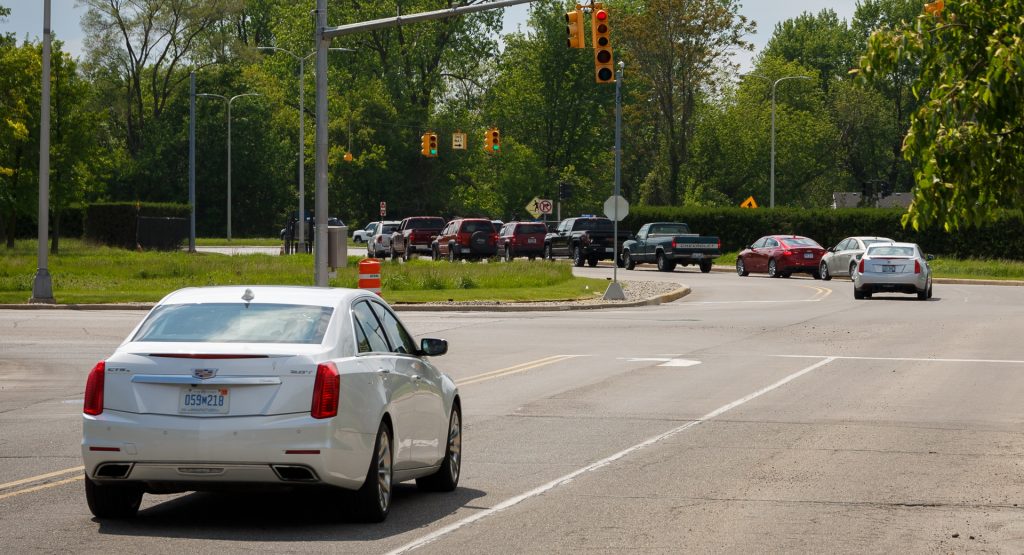Even though overall traffic deaths in the U.S. for the three months ending on July 30 are down by 3.3% to 8,870, compared to the same period last year, the NHTSA is reporting that the fatality rate has gone up to 1.42 deaths per 100 million vehicle miles.
That’s a significant 30% spike, the highest since 2005. This means that while COVID-19 lockdown measures have had a positive effect in terms of overall incidents, drivers have, for some reason, exhibited more aggressive behavior behind the wheel.
“Drivers who remained on the roads engaged in more risky behavior, including speeding, failing to wear seat belts, and driving under the influence of drugs or alcohol,” said the NHTSA.
Read Also: Reckless BMW X5 Driver Hits Scooter Rider, Tries To Flee But Is Stopped By Other Drivers
“In short, the stay-at-home orders may have led the population of drivers during the height of the health crisis to have been smaller but more willing to take risks.”
The NHTSA also noted that following the outbreak, certain traffic laws may have not been enforced as strongly as before: “It is possible that drivers’ perception that they may be caught breaking a law was reduced,” said the report.
Thankfully, 2019 proved to be a slightly better year than 2018 as far as nationwide traffic deaths were concerned, with a decrease of 2%. In fact, fatalities were down in most major traffic safety categories (passenger vehicles 2.8%, motorcyclists 0.5%, pedestrians 2.7%, bicyclists 2.9%).
Another interesting statistic found that between mid-March and mid-July of this year, almost two-thirds of seriously or fatally injured road users tested positive for at least one active drug, including alcohol, marijuana or opioids – with the number of drivers testing positive for opioids nearly doubling after mid-March, while marijuana use increased by roughly 50%.




